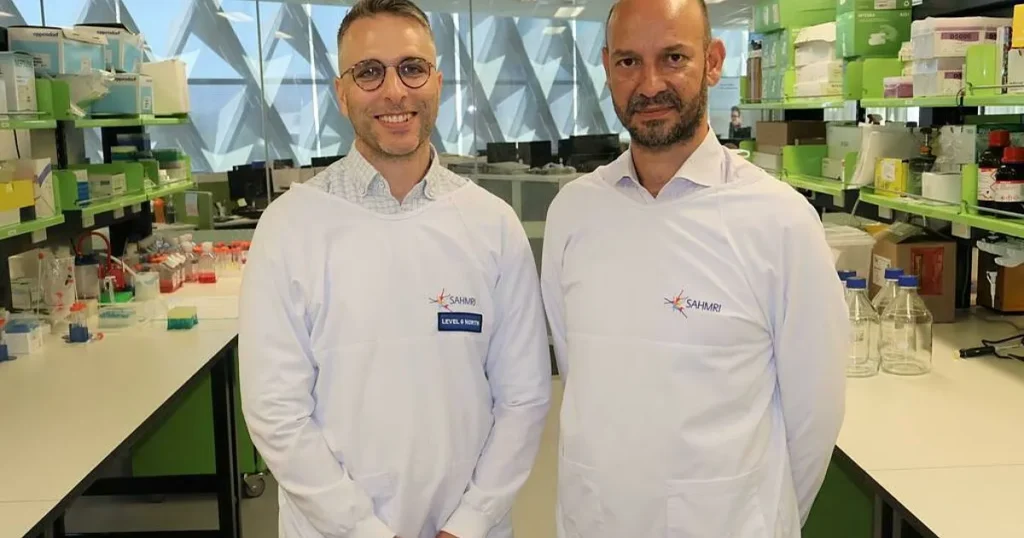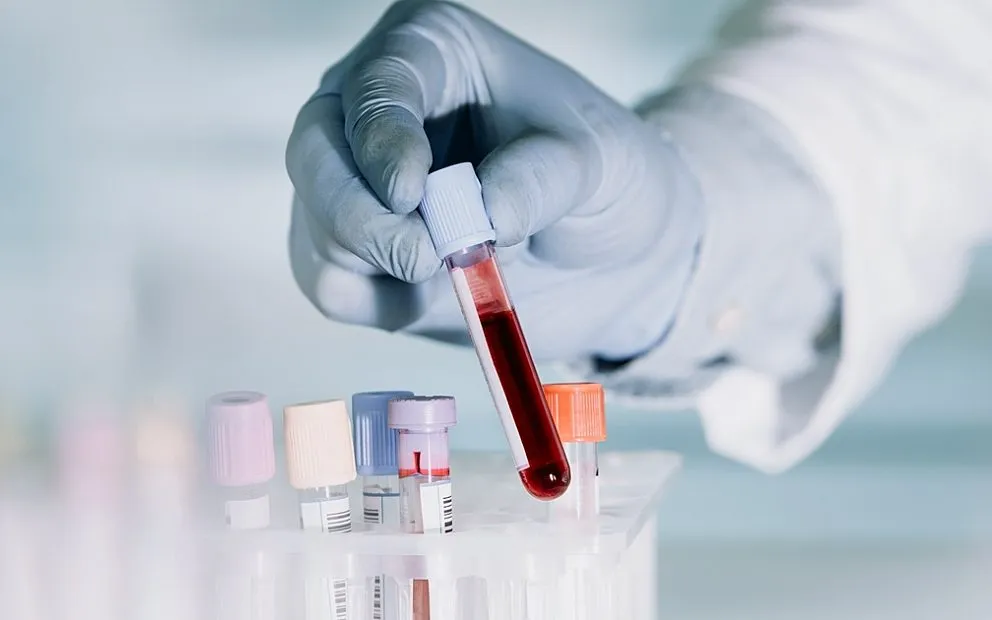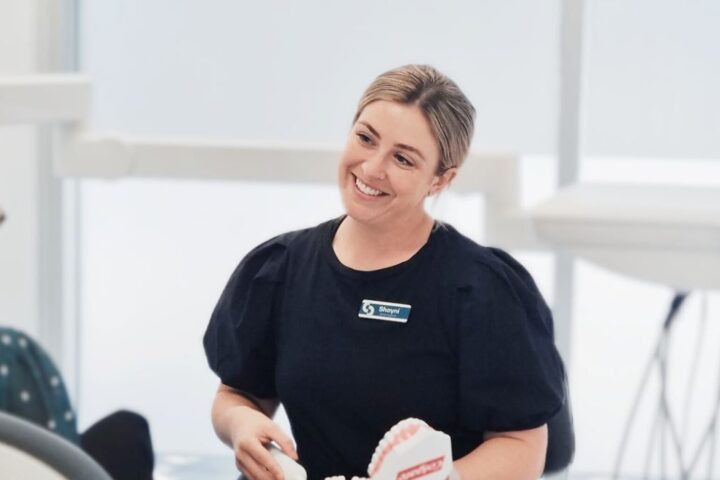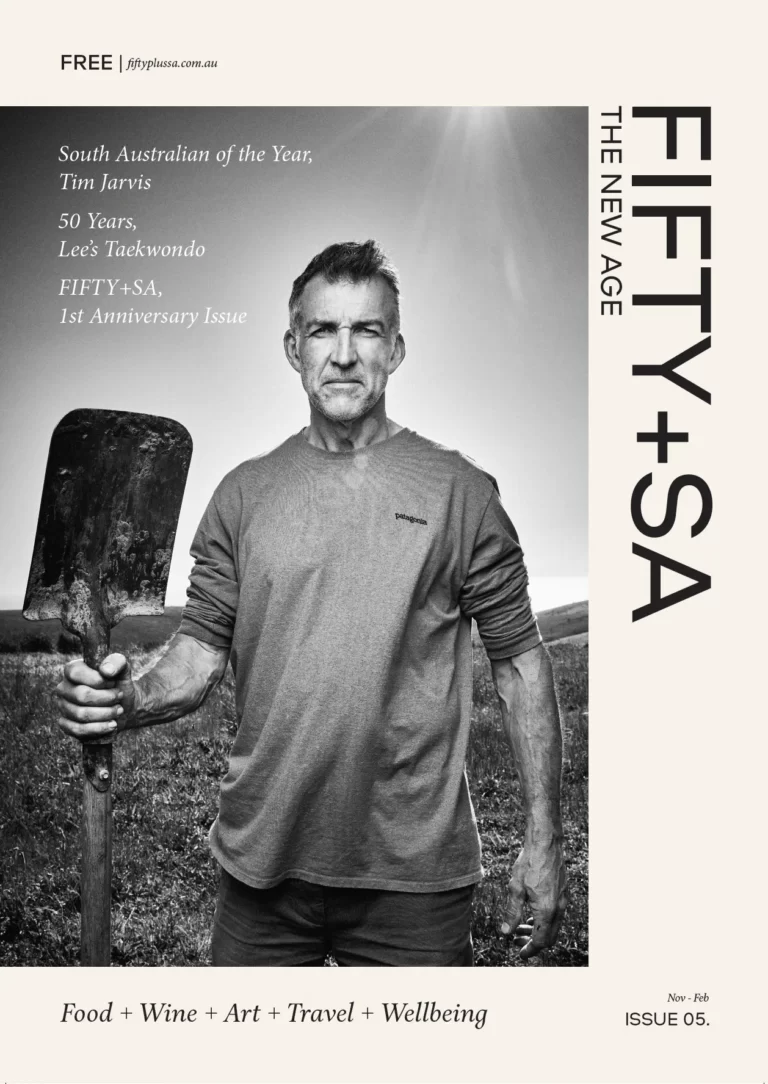SAHMRI neuroscientist, Dr Tim Sargeant, has teamed up with Dr Ed Robins from SAHMRI’s Molecular Imaging and Therapy Research Unit (MITRU) to develop a cutting-edge brain scan capable of assessing how well an individual human brain is cleaning itself.
The proposed PET scan will use special molecules, labelled with radioactive isotopes, to track how well the brain can keep itself clean and healthy through the process of removing and recycling its waste. By identifying areas where the brain struggles to keep itself clean, the team hopes to intervene before serious damage occurs.
Recent studies have shown a clear association between declining memory function and the build-up of sticky plaques in the brain, called beta-amyloid, a substance now strongly linked to the presentation of dementia. Researchers suspect brains that amass this plaque over time may also have reduced self-cleaning capacity.

“We’re aiming to catch the signs of sluggish brain-cleaning in individuals around the age of 50 or 60, well before the onset of Alzheimer’s symptoms in most people,” Dr Sargeant said.
“This new scan will allow us to visualise a living brain and watch how effectively it’s recycling material in real time,” Dr Sargeant said.
“We’re using unique radioactive tracers to reveal how effectively the stomach of the cell, known as the lysosome, is working, if it’s not, we know that’s a forerunner to dementia.”
The radioisotopes needed to fuel the scans are being manufactured by MITRU, using the state’s only cyclotron, a radioactive particle accelerator housed underground at SAHMRI. MITRU supplies radiopharmaceuticals daily to hospitals and imaging centres around Australia for patient diagnosis and treatment. The unit specialises in making PET imaging tracers that bind to target cells in the body and emit radiation that’s then picked up on a PET scanner.
Prior to 2015, South Australia had to source its radiopharmaceuticals from Melbourne and rely on limited, unreliable supply.
The unique opportunity for SAHMRI scientists to collaborate with MITRU using the radiopharmaceuticals it manufactures has untapped potential to boost the accuracy, convenience and speed of research progress.
“More of our researchers are expressing interest in using imaging, but they want to see strong examples of its effectiveness before diving in themselves. I’m optimistic this project could act as the catalyst to launch a whole new era of collaboration at SAHMRI”, Dr Robins said.
“Imaging is an exciting technology because it takes out a lot of the guesswork, by allowing scientists to see with their own eyes if they’ve hit the target or not. Without imaging, a researcher can get all the way up to the trial stage before realising they’re at a dead end. This approach can save a lot of time and frustration.”
The three-year project will start with a proof of concept to demonstrate the technology’s effectiveness before devising an adapted method to make the scan suitable for human trials.
“Being side by side at SAHMRI makes it so much simpler to form the relationships needed to pull off a project like this. If we weren’t all here in the same building, it just wouldn’t happen,” Dr Sargeant said.
In 2020, Dr Sargeant’s team created the world’s first human blood test to measure a process called autophagy, which is a measure of how well cells can clean themselves and provide clues to quantify how healthily the body is ageing.
Although groundbreaking, the blood test is limited by its generality. This latest research project is a step towards filling that gap.
“The ultimate aim is to be able to intervene very early on when scans show these processes slowing in the brain. If we can develop treatments that stop these plaques form building up in the first place, while also regenerating the brain’s cleaning capacity, that’s likely to herald significant progress toward delaying or preventing onset of dementia,” Dr Sargeant said.
The NHMRC-funded study will begin later this year.
Support research like this:









